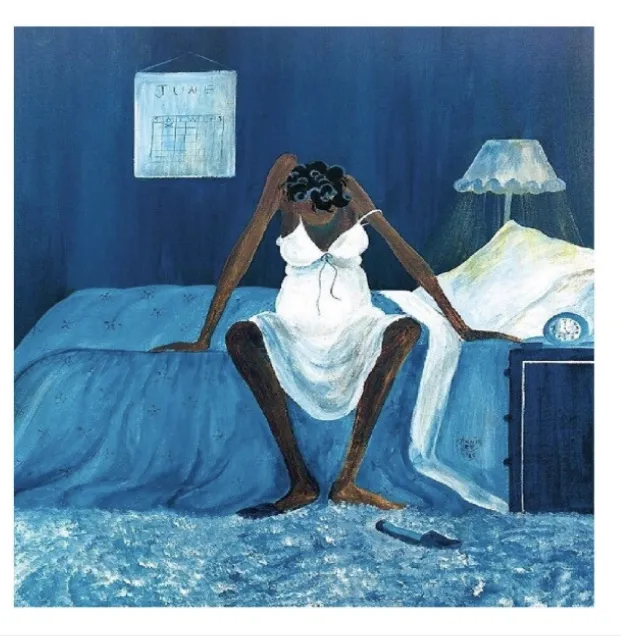
-
Marsha Hallager; Kendra Jo, Director/Producer

About the Project
Research shows that doctors are more likely to dismiss or trivialize the pain complaints of black women. Studies have also found that Black women are less likely to receive pain medication than white women, even when they report the same level of pain. It is important for healthcare providers to recognize and address these biases in order to ensure that all patients receive appropriate and equitable care.
Art, murals, music, poetry/spoken word, and other art forms, can be a powerful way for people to express and process their emotions. It can be particularly helpful for those who have experienced pain, as it can provide a creative outlet and a way to work through difficult feelings. Living with an invisible disability that encompasses pain can be exasperating, as others may not always understand the challenges you face or believe that your pain is real. It can be helpful to educate others about your condition and to communicate openly about your needs and limitations. Art can be that bridge to communicate and also be a way for people to connect with others who have had similar experiences and to find support and understanding.